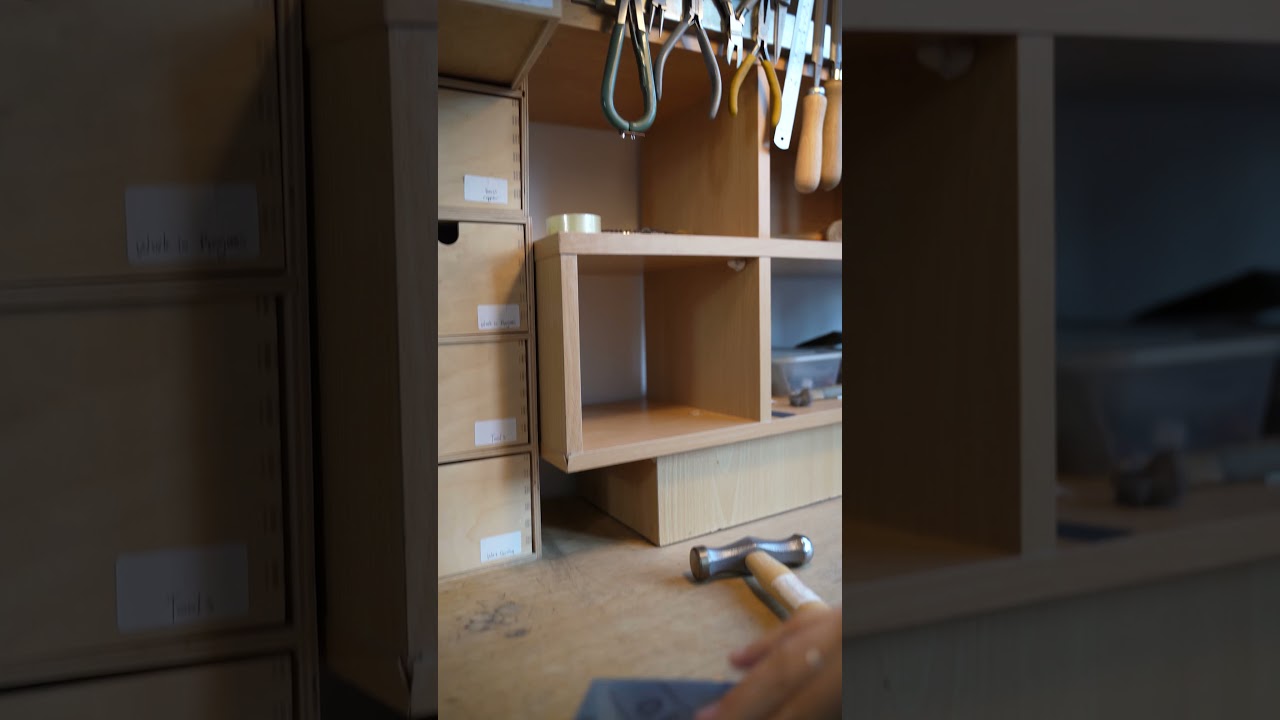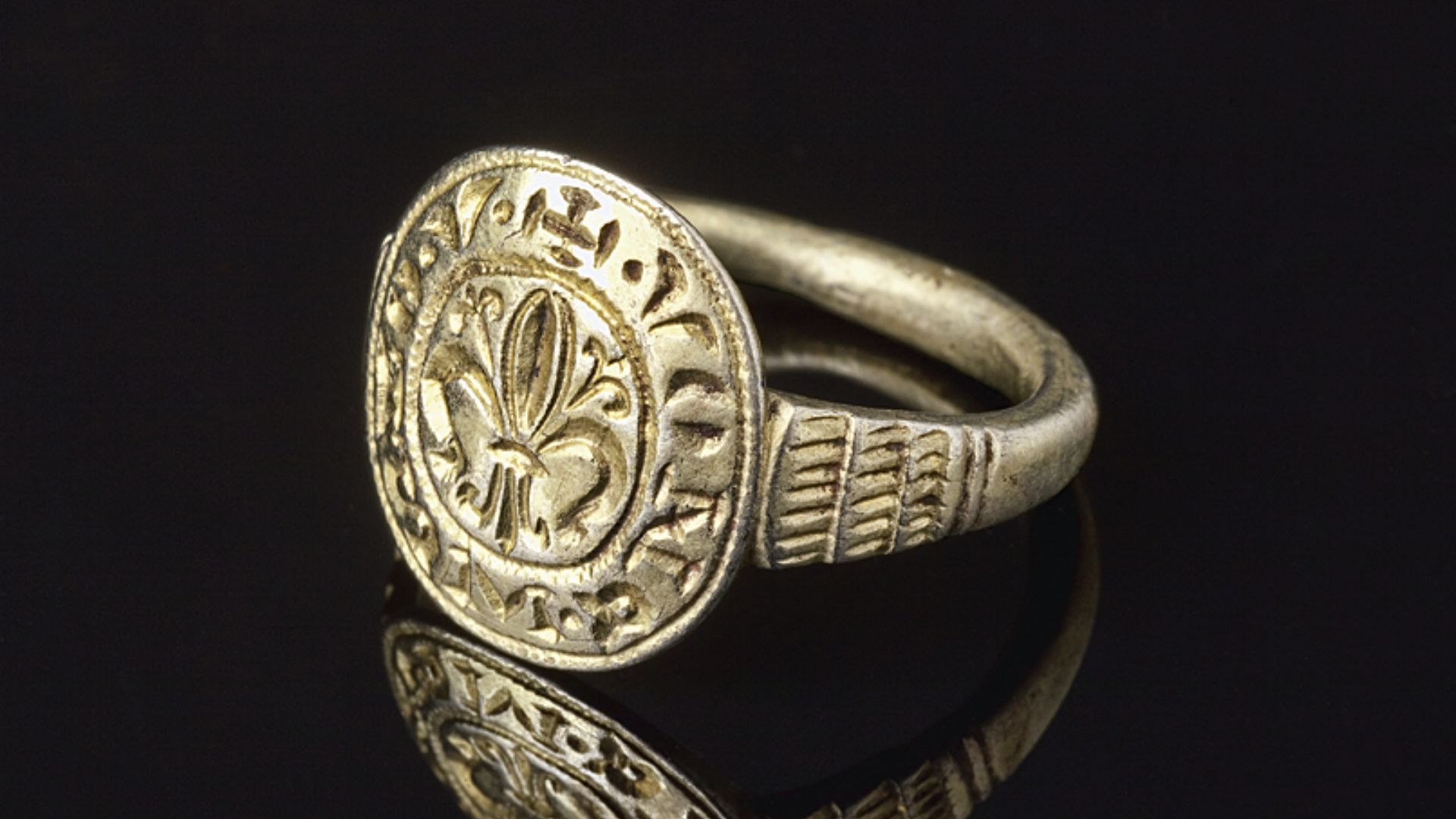The medieval period, spanning from the 5th to the 15th century, was a time of grandeur, opulence, and artistic expression. Among the many treasures of this era, medieval silver jewelryholds a special place.
From intricate brooches to ornate rings, medieval silverjewelryreflects the craftsmanship, symbolism, and societal values of that time.
In this article, we will delve into the captivating world of medieval silver jewelry, exploring its history, designs, symbolism, and enduring legacy.
Medieval silver jewelry holds a special place in the world of adornment, showcasing timeless elegance and beauty that harks back to a bygone era.
From ornate rings to intricate brooches, medieval silver jewelry captures the essence of the Middle Ages, reflecting the craftsmanship, symbolism, and societal values of that time.
In this article, we will explore the allure of medieval silver jewelry, delving into its historical context, designs, techniques, and enduring legacy.
Medieval silver jewelry captures the imagination with its timeless elegance and intricate designs. It transports us to a bygone era of opulence and cultural significance, reflecting the values and beliefs of medieval society.
Whether it is the religious symbolism, the delicate filigree work, or the enchanting motifs, medieval silver jewelry continues to inspire and captivate.
The Historical Context Of Medieval Silver Jewelry
During the Middle Ages, silver held immense value and was highly prized for its beauty and rarity. The use of silver in jewelry was prevalent among the nobility and clergy, who adorned themselves with elaborate pieces as a symbol of status and wealth.
Medieval silver jewelry was often crafted by skilled artisans who employed techniques such as filigree, granulation, and enameling to create intricate and detailed designs.
The collapse of the Western Roman Empire in the 5th century ushered in a new era characterized by political fragmentation and societal changes.
The feudal system emerged, with power decentralized among regional lords and nobility. During this period, the Church played a prominent role, in influencing all aspects of life, including art, culture, and fashion.
Silver held immense value in medieval society. It was scarce and highly prized for its beauty, durability, and versatility. Silver was considered a precious metal, often used as a form of currency and a measure of wealth.
As such, it became a favored material for crafting jewelry, particularly among the upper classes and clergy.
Religion played a central role in medieval life, and the Church had a profound influence on art and jewelry. Christianity permeated all aspects of society, and religious motifs and symbols were prominently featured in jewelry designs.
Crosses, crucifixes, saints, and biblical scenes were common motifs, reflecting the deep faith and spiritual devotion of the people.
Designs And Motifs In Medieval Silver Jewelry
Medieval silver jewelry showcased a wide range of designs and motifs that were influenced by the cultural, religious, and artistic trends of the time.
These designs not only served as decorative elements but also carried symbolic meanings and conveyed messages. Let's explore some of the notable designs and motifs found in medieval silver jewelry.
- Crosses and Crucifixes - Christianity played a central role in medieval society, and religious symbols were prominent in jewelry designs. Crosses and crucifixes were widely used, representing the crucifixion of Jesus Christ and serving as a symbol of faith and devotion.
- Saints and Biblical Scenes- Jewelry often featured depictions of saints and biblical scenes, bringing religious narratives to life. These intricate designs depicted significant events and figures from the Bible, allowing individuals to express their religious beliefs through wearable art.
- Heraldic Symbols- Heraldry was an important aspect of medieval life, serving as a means of identifying individuals and families. Heraldic symbols, such as coats of arms, crests, and emblems, were incorporated into jewelry designs, representing noble lineages, alliances, and achievements.
- Florals and Foliage- Nature-inspired motifs, particularly floral and foliage designs, were prevalent in medieval silver jewelry. Flowers such as roses, lilies, and daisies symbolized various virtues and represented beauty, purity, and devotion.
- Animals and Mythical Creatures - Medieval jewelry often featured animal motifs, both real and mythical. Animals like lions, eagles, and serpents represented strength, power, and royalty. Mythical creatures such as dragons and griffins were also popular, embodying fantastical elements and symbolizing protection.
- Geometric Patterns- Geometric patterns were commonly used in medieval silver jewelry, showcasing intricate symmetries and precise craftsmanship. These designs ranged from simple lines and circles to more elaborate interlocking shapes and tessellations.
Techniques And Materials Used
The creation of medieval silver jewelry involved a range of techniques and the use of specific materials that contributed to the unique and exquisite nature of these pieces. Let's explore some of the techniques and materials commonly employed in the production of medieval silver jewelry.
- Silversmithing- Silversmiths were highly skilled craftsmen who worked with silver to create intricate jewelry pieces. They employed various techniques such as casting, forging, soldering, and polishing to shape and manipulate the metal into desired forms.
- Repoussé and Chasing- Repoussé and chasing were techniques used to create raised and engraved designs on silver surfaces. Repoussé involved hammering the backside of the metal to create raised relief patterns while chasing involved engraving details onto the front side using specialized tools.
- Filigree- Filigree was a technique that involved the twisting and weaving of fine silver wires to create delicate and intricate patterns. This technique added a sense of intricacy and elegance to the jewelry pieces, with the fine filaments of silver forming beautiful designs.
- Engraving- Engraving was a popular technique used to create detailed designs on silver jewelry. Artisans used sharp tools to carve designs into the metal's surface, often incorporating symbols, patterns, and text.
- Stone Setting- Medieval silver jewelry frequently featured gemstones, such as precious and semi-precious stones, to enhance their beauty and symbolism. Stones were meticulously set into the jewelry using techniques like bezel setting, where a metal rim secured the stone, or prong setting, which held the stone in place with delicate metal prongs.
- Niello- Niello was a technique where a black metallic alloy composed of silver, copper, and lead was applied to engraved silver surfaces. The niello was heated and then polished, creating a striking contrast between the darkened engraved areas and the polished silver background.

How I Make My Best Selling Jewellery Necklace #shorts #handmade #creative #subscribe #silver
Symbolism And Spiritual Significance
Symbolism played a significant role in medieval silver jewelry, as these pieces were often imbued with deep spiritual and cultural significance. Let's explore the symbolism and spiritual connections found in medieval silver jewelry.
- Crosses and Crucifixes - The cross, representing the crucifixion of Jesus Christ, was a prominent symbol in medieval Christianity. Silver crosses and crucifixes were worn as pendantsor incorporated into other jewelry pieces as a testament of faith and a reminder of Christ's sacrifice.
- Religious Icons - Medieval silver jewelry often featured depictions of saints, angels, and other religious figures. These icons served as objects of veneration and were believed to offer protection and guidance to the wearer.
- Miraculous Medals- Miraculous medals, also known as Marian medals, were popular devotional items in medieval times. These small silver medals featured the image of the Virgin Mary and were believed to carry her blessings and intercessory powers.
- Heraldic Symbols - Nobles and knights often wore silver jewelry adorned with their family's coat of arms or heraldic symbols. These symbols represented lineage, honor, and social status.
- Loveand Devotion- Medieval silver jewelry was also used as tokens of love and devotion. Rings, pendants, and brooches adorned with symbols of love, such as hearts or intertwined initials, were exchanged between lovers or gifted to express affection.
- Protective Symbols - Silver jewelry sometimes incorporated protective symbols and charms believed to ward off evil spirits or bring good fortune. These symbols included the pentagram, hamsa hand, or various animal motifs associated with protection.
- Nature and Mythology- Nature-inspired motifs such as flowers, leaves, animals, and mythical creatures were commonly depicted in medieval silver jewelry. These symbols represented the connection between the natural world, spirituality, and human existence.
People Also Ask
What Were Some Popular Motifs In Medieval Silver Jewelry?
Popular motifs included crosses, religious icons, heraldic symbols, nature-inspired designs, and mystical symbols.
Who Wore Medieval Silver Jewelry?
Medieval silver jewelry was worn by nobles, knights, clergy members, and individuals of higher social status.
What Materials Were Commonly Used In Medieval Silver Jewelry?
Besides silver, medieval silver jewelry often incorporated gemstones, enamel, pearls, and filigree work.
Did Medieval Silver Jewelry Have Practical Uses?
Yes, besides being decorative, some pieces of jewelry served functional purposes like securing garments or holding keys.
Were There Any Regional Variations In Medieval Silver Jewelry?
Yes, different regions and cultures in medieval Europe had their unique styles and techniques for crafting silver jewelry.
Conclusion
Medieval silver jewelry captivates with its timeless elegance and rich historical significance. This jewelry style flourished during a fascinating period in history, where craftsmanship, symbolism, and spirituality were deeply intertwined.
The intricate designs, meaningful motifs, and expert techniques employed in creating Medieval silver jewelry reflect the artistic sensibilities and cultural values of the time.
Whether adorned by nobles, knights, or clergy members, these exquisite pieces served as expressions of social status, religious devotion, and personal style.
The materials, such as silver, gemstones, enamel, pearls, and filigree work, further enhanced the beauty and allure of the jewelry. Regional variations added diversity to the designs, showcasing the unique artistic traditions of different cultures across medieval Europe.
Today, Medieval silver jewelry continues to captivate and inspire, allowing us to connect with the beauty and heritage of this bygone era.
